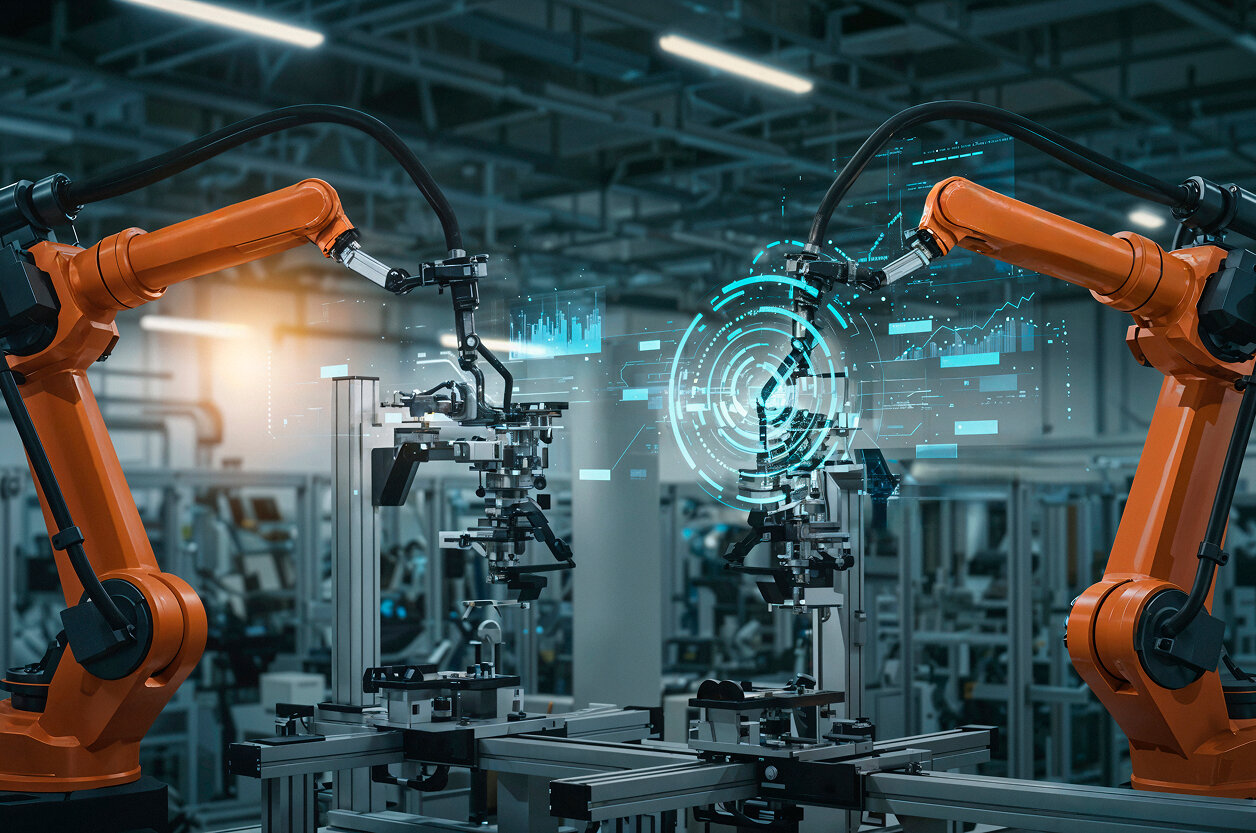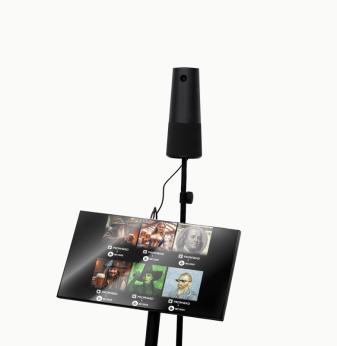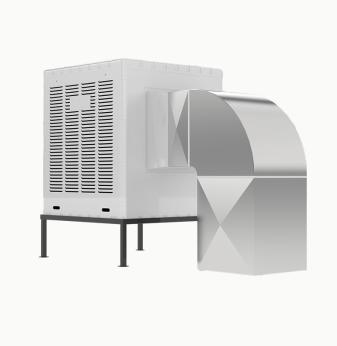AI Boom in Industry: Why Factories Are Moving to Edge AI and Who's Leading the Way

Industrial adoption of edge AI is accelerating rapidly. Analysts estimate that enterprise edge computing will grow from approximately 20% in 2024 to 50% by 2029, with companies prioritizing operational cost reduction and risk mitigation. Today factories in Europe, the US, and Asia are deploying AI at the edge for predictive maintenance, quality inspection, and logistics. Companies like Palantir, AMD, and startups such as Ambiq are expanding roles in low-power edge compute adopted by manufacturing and industrial users. This article explores the drivers behind adoption, showcases real examples, and explains why embedded AI will reshape industrial systems.
Why edge AI is critical for modern manufacturing
Latency, bandwidth limits, data privacy, and reliability concerns push AI computation from cloud to edge. In factories, decisions must be made in milliseconds—whether stopping a machine, flagging a defect, or re-routing materials. Edge AI enables local processing, reduces centralization risk, lowers communication costs, and improves system autonomy. Engineers and decision-makers recognize that combining smart sensors with embedded modeling enables faster, safer, and more efficient operations.
Key drivers for edge AI in factories
- Predictive maintenance: Edge AI monitors vibration, temperature, and machine behavior to predict component failure, reducing downtime by up to 30%.
- Quality inspection: Computer vision at the line inspects product defects in real time, eliminating human error and improving throughput.
- Local autonomy: In distributed facilities or areas with poor connectivity, local AI decisions prevent system stalls.
- Data minimization: Sensitive operational data remains on-site, supporting cybersecurity and compliance frameworks.
Global surveys show that 74% of industrial organizations cite cost reduction and 73% risk mitigation as top reasons for edge AI investment.
Companies already using edge AI in industrial contexts
Smart pest control in agriculture
A startup in the Middle East deployed sensor networks using pheromone traps and image-based AI to detect pests months before infestation, enabling more effective pesticide use and reducing chemicals while improving yields.
Fast-food chain modernizing operations
A major restaurant chain implemented edge computing across its kitchen equipment and drive-through systems in thousands of outlets. Onsite AI programs predict maintenance needs, identify order errors, and improve customer experience—all without relying on cloud connectivity.
Semiconductor visibility in edge hardware
A leading low-power chip company went public in 2025 after shipping over 40 million AI-capable devices. Its chips are in wearables, personal devices, and industrial tools. Its leadership views the industrial sector as a major growth area for efficient embedded AI.
Academic and pilot projects validating edge AI in industry
Recent field trials with autonomous edge-AI drones on construction sites demonstrated MCU-based models for obstacle detection and dynamic path planning via 5G-enabled coordination. Other research prototypes combined IoT platform edge MLOps to power visual quality inspection on Raspberry Pi class devices, showing scalable, efficient edge ML deployments.
Benefits realized by early adopters
- Reduced logistics cost by 15%
- Improved inventory management by 35%
- Higher service levels and uptime
- Lower pesticide and energy use in agritech pilots
These projects show measurable ROI—vital for product planning, shelf placement, and long-term deployment.
Common architecture patterns
- Sensor at the edge + lightweight model for real-time inference
- Gateway-based aggregator that performs preprocessing and communicates results
- Hybrid edge/cloud orchestration, where edge handles inference and cloud handles training and analytics
Integration often uses frameworks like thin-edge MLOps with IoT platforms, enabling secure CI/CD from model development to device deployment.

Evaluation checklist for industrial teams
- Identify real-time use cases (e.g. quality control, equipment monitoring)
- Confirm compute limits (e.g. MCU, SOM, industrial PC)
- Define network constraints (connectivity, latency)
- Choose appropriate AI model and hardware (quantized vs full precision)
- Plan secure OTA updates and embedded lifecycle support
- Design fallback modes for offline operation
- Monitor ROI metrics: uptime, throughput, defect rates, energy use
Expertise spotlight: how Promwad supports industrial AI
Promwad helps industrial clients by architecting embedded AI systems that include:
- Vision pipelines for defect inspection
- Predictive maintenance frameworks processing sensor input locally
- Edge deployment using lightweight MCU boards or FPGA modules
- Integration of secure over-the-air updates, replicable SBOM, and traceability pipelines
- Guidance on cost-performance trade-offs for hardware and power budgets
Final thoughts
Edge AI is transitioning from experimental to essential infrastructure for industry. Teams adopting embedded inference early gain clear competitive advantages in efficiency, reliability, and market differentiation. As the edge AI ecosystem expands, the winners will be those who integrate AI seamlessly into embedded hardware and operations.
The factories of 2025 and beyond will be defined not just by automation, but by intelligent, responsive systems built at the edge.
Our Case Studies








